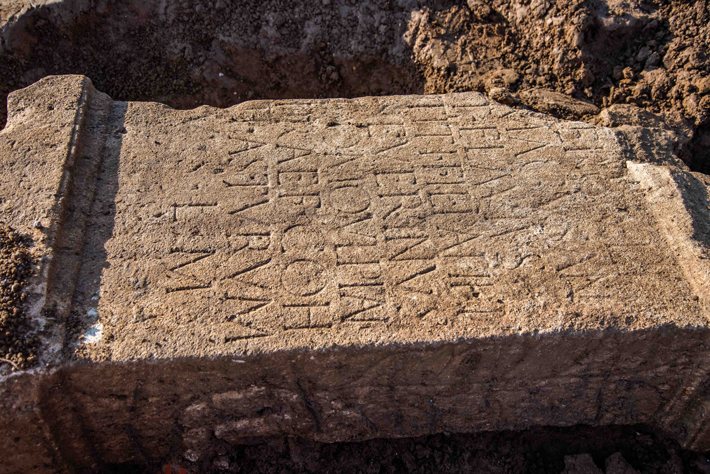More From Digs & Discoveries
Enjoy these additional images from some of our September/October 2022 Digs & Discoveries. Image 1 is from “Romans Go Dutch,” image 2 is from “Surveying Samnium,” image 3 is from “Australia’s Blue Period,” image 4 is from “Herod’s Fancy Fixtures,” and image 5 is from “Alpine Crystal Hunters.”






